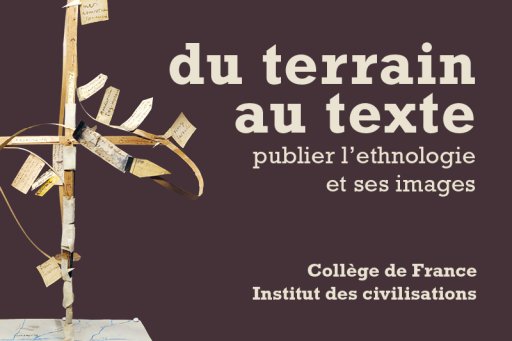
Hervé Turlier. Credit: ©FHU PREMA - https://www.fhu-prema.org
Since 2017, Hervé Turlier has headed a CNRS team housed at CIRB, the Collège de France's interdisciplinary biology research center.
Three questions for Hervé Turlier
Can you tell us a little about your scientific career?
After graduating from the Ecole Polytechnique, I discovered biological systems during my master's degree in soft matter physics, and began a thesis in theoretical biophysics on cell division at the Institut Curie. After a post-doctorate on the physics of mouse embryo development at the European Molecular Biology Laboratory (EMBL) in Heidelberg, Germany, I set up a new team at the Collège de France, thanks to an ATIP-Avenir grant (Inserm-CNRS) and the support of the Bettencourt-Schueller Foundation, working on the physical and numerical modeling of embryo morphogenesis.
What does the award of a Starting Grant from the European Research Council (ERC) mean to you? Can you tell us about your winning research project?
The award of the ERC Starting Grant is both a great recognition of the work of my young team and an exciting new scientific and human adventure, as the group will grow and be able to concentrate for 5 years on the science rather than the search for funding. The project promises to open up a new scientific approach, at the interface between artificial intelligence and physical modeling, to decipher the principles of self-organization of embryos during the very first stages of their development. Primarily fundamental, this highly interdisciplinary project also holds the promise of potential advances in reproductive medicine.
What are the main research issues in your field, and the main challenges facing the disciplines involved?
The early development of embryos has been studied by biologists for almost two centuries, and more recently by physicists. While much progress has been made, the description of the embryo as a self-organizing system is still in its infancy and requires new theoretical tools. In addition, the mass of biological data generated today, particularly in microscopy, calls for the development of powerful analysis methods that promise the advent of a statistical approach to the dynamic organization of cells. A better understanding of multicellular self-organization would enable us to better control the generation of artificial organs for the benefit of regenerative medicine.








